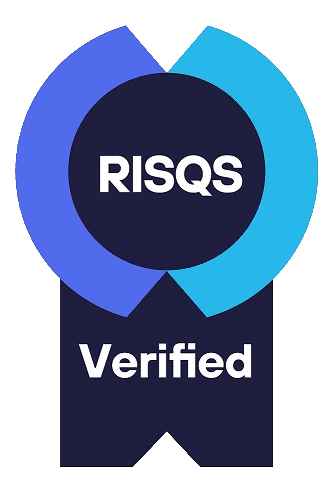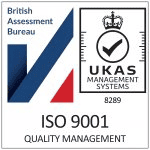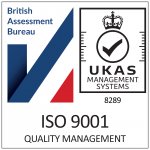

Since opening in 2007, the reliable, high frequency services on the London Overground routes have proved to be very popular, and successful in greatly improving the accessibility and connectivity of the local communities, thus supporting the regeneration of inner London.
This project has been spurred by the increasing overcrowding of London’s transport network. According to Transport for London, London Overground demand is due to rise by 40% by 2021 . This amounts to a rise in passenger numbers of 45 million between 2013 and 2021 . To facilitate this, capacity must increase accordingly.
To remedy the situation, it was decided that all Class 378 units would gain an extra carriage, thereby increasing capacity by 25%. However, with this comes the need for various infrastructure changes to depots and stabling, platforms, signalling and electrification.
The project took the form of two phases. Phase 1 was to be substantially completed by April 2013, with Phase 2 commencing around this time. Vertex has been employed to provide the Safety Engineering, Assurance, Compatibility and Product Acceptance support required for changes to fixed infrastructure and rolling stock. The works impact RfL, Network Rail, London Underground and a high number of train and freight operations that use the same routes. Our works had to meet a number of different assurance requirements for the parties’ involved, covering the Common Safety Method, ROGS and business specific needs. Our output was subject to assessment by AsbO/NoBo, Independent Competent Person and specific Safety Review Panels. The product approval involved a Selective Door (SDO) and Correct Side (CSDE) system that is fitted to the rolling stock and to the lineside infrastructure.
Project duration is from Jan 2013 – present.
Vertex utilised its team of Railway Systems and Safety Engineers and Project Managers for this project. Qualification held includes membership of the Institution of Railway Signalling Engineers, membership to the Association of Project Managers (MAMP), Project Management Professionals (PMP) and professional Chartership (C.Eng.).
One New Change,
Floor 2, London,
EC4M 9AF, United Kingdom
T: +44 (0)20 7688 2828
E: enquiries@vertex-se.com
285 Madison Avenue
Suite 2200, New York
NY 10017, USA
T: +1 212-370-7319
E: enquiries@vertex-se.com
One Wharf Lane
Level 19, 171 Sussex Street
NSW 2000, Australia
T: +61 (0) 2 9252 7623
E: enquiries@vertex-se.com
Vertex Systems Engineering is the trading name of AMCL Systems Engineering Ltd.
A Turner & Townsend Company. Registered in the UK, Number: 04440268
© Copyright 2024 Vertex Systems Engineering. All Rights Reserved.



